Ecosystem Update July 2025
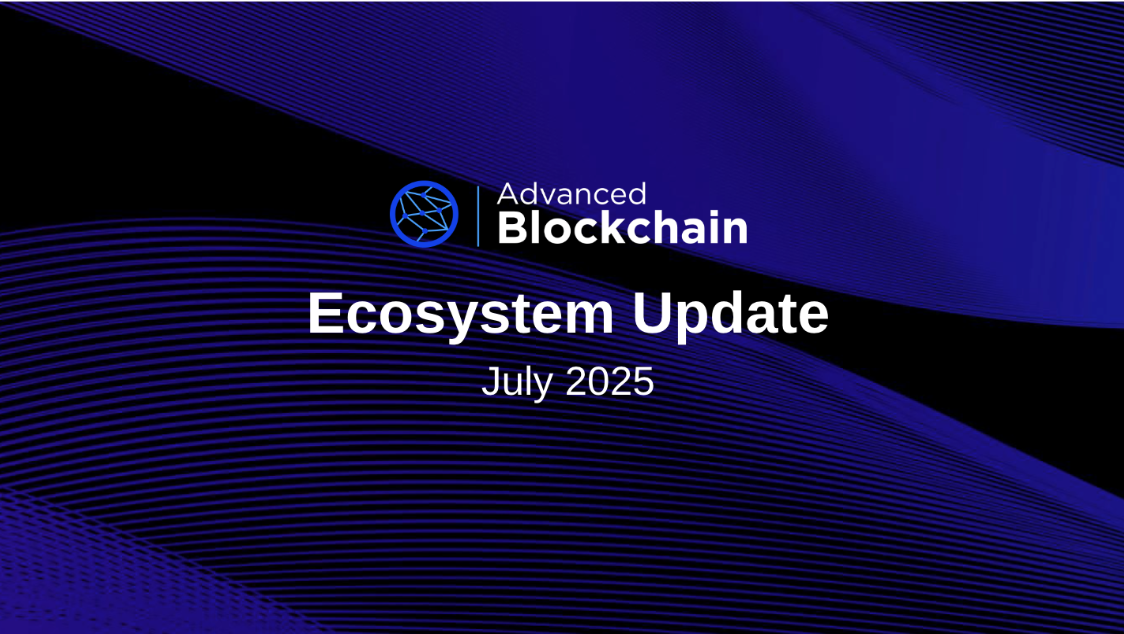
Introducing the July 2025 Ecosystem Update, which highlights macro trends, market performance, regulatory shifts, institutional developments, adoption milestones, and portfolio highlights. As part of the report, a comprehensive Group Update section highlights key corporate achievements and strategic initiatives. In each section, we provide an overview of Advanced Blockchain AG and our portfolio companies' accomplishments from the past month, along with a look at what is to come.
Macro Overview

Source: Coingeko
In early July 2025, the total crypto market cap showed relatively modest movement, hovering between $3.3 trillion and $3.5 trillion. This period was characterized by low momentum and mild volatility. However, starting around July 10, the market began to pick up gradually. A contributing factor was the release of U.S. CPI data, which came in slightly below expectations and helped rekindle risk appetite.
From mid-July to July 24th, the crypto market saw a strong and sustained rally, with the total market cap rising from around $3.5 trillion to a peak near $4.05 trillion. Several factors fueled this surge. Bitcoin price rose on July 10 from $111K to $117K, strongly boosting market confidence. Bitcoin spot ETFs began to show significant inflows after a brief lull in June, drawing institutional capital back into the space. In parallel, regulatory clarity in the U.S. brings strong investor confidence with the signing of the GENIUS Act as well as SEC’s new permissions for in-kind redemptions in ETPs.
However, in the last week of July, the market experienced a noticeable pullback, falling from its peak back down to around $3.8 trillion by August 1. This decline was likely driven by a combination of profit-taking after a strong rally and macroeconomic caution. Notably, the U.S. Federal Reserve meeting on July 31 delivered a hawkish tone, despite no rate hike, which dampened market enthusiasm. In addition, the market saw forced liquidations of leveraged positions as volatility increased, particularly affecting long positions.
In summary, July 2025 was a dynamic month for the crypto market. It began with slow growth, saw a robust mid-month rally driven by institutional inflows and ecosystem optimism, and ended with a correction triggered by macro headwinds and regulatory unease. Overall, the market still posted a net gain of approximately $500 billion over the month.
Industry Advancements
A wave of progress was established in the last month across the crypto landscape, underscoring the sector’s rapid evolution and growing alignment with mainstream finance and institutional infrastructure. From surging DeFi metrics to the launch of Ethereum-compatible sidechains and regulated staking ETFs, the industry is exhibiting both resilience and innovation as it enters a new phase of development.
The total value locked (TVL) in decentralized finance (DeFi) protocols has climbed above $126 billion, representing a more than 45% increase since April 2025. This marks one of the strongest DeFi recoveries in over two years, driven by a combination of rising crypto asset prices, renewed user activity, and the growing adoption of Ethereum Layer 2 scaling solutions. Major protocols such as Lido, Aave, and MakerDAO have seen significant capital inflows, while newer ecosystems like Base and Solana have also contributed meaningfully to the TVL expansion. Additionally, real-world asset (RWA) tokenization—where traditional financial assets like treasuries are brought on-chain—has become a growing segment within DeFi, attracting both institutional and retail capital. The surge signals a return of market confidence, supported by improved infrastructure, regulatory clarity in key jurisdictions, and increased composability across chains. While TVL remains below the all-time highs of late 2021, the current growth trend highlights the resilience and evolving maturity of the DeFi sector.
XRP Launches Ethereum‑Compatible EVM Sidechain on Mainnet. On the first day of July 2025, a major milestone was reached for the XRP Ledger ecosystem as Ripple's Ethereum-compatible sidechain, XRPL EVM, officially launched on the mainnet. Developed in collaboration with Peersyst and Axelar, this new sidechain brings full Ethereum Virtual Machine (EVM) compatibility to the XRP Ledger, enabling developers to deploy Solidity-based smart contracts directly within the XRPL ecosystem for the first time. This strategic move positions XRP Ledger to tap into Ethereum’s vast developer base while preserving the high throughput and low fees that the XRPL is known for. The XRPL EVM sidechain is connected to the main XRP Ledger via a decentralized bridge, allowing assets to move seamlessly between the two networks. This unlocks new use cases such as DeFi protocols, NFTs, and on-chain tokenized assets on XRPL, previously not feasible on its native architecture. The launch marks a significant step in Ripple’s ongoing strategy to expand the utility of XRP and compete more directly with leading smart contract platforms like Ethereum, Solana, and Avalanche.
Strategy Update
Strategy (formerly MicroStrategy) acquired an additional 4,980 BTC between June 23 and June 29, 2025, for approximately $531.9 million at an average price of $106,801 per bitcoin, according to a recent SEC filing. This brings the company's total holdings to 597,325 BTC—over 2.8% of Bitcoin’s total supply—with an average purchase price of $70,982, resulting in unrealized gains of around $21.6 billion. The acquisitions were funded through ATM sales of common stock (MSTR) and perpetual preferred stocks (STRK and STRF).
These sales are part of Strategy’s expanded “42/42” capital plan, targeting $84 billion in funding for bitcoin acquisitions through 2027. The capital plan is expected to support the firm’s continued execution of its aggressive Bitcoin accumulation strategy, helping raise funds without incurring additional debt.
Regulatory Updates
July 2025 has marked a turning point in the global regulatory landscape for digital assets, with sweeping changes in the United States that are poised to redefine the stablecoin ecosystem, institutional market access, and the trajectory of crypto-native companies entering public markets. As policymakers, regulators, and financial institutions move in concert, a more mature and structured digital asset environment is beginning to take shape.
In a strategic move toward institutional legitimacy, Circle, the issuer of the USDC stablecoin, has reportedly applied for a U.S. banking license, which would allow it to act as a direct custodian of USDC reserves. If approved, this would mark a major step in Circle’s long-standing goal of becoming a fully, and the largest, regulated stablecoin issuer in the United States. The move would reduce reliance on third-party banks for custody and increase transparency and control over USDC’s backing assets.
A more sweeping change came on July 18, when President Trump signed the GENIUS Act of 2025 into law, making it the first major federal framework for regulating stablecoins. The legislation establishes clear rules on who can issue payment stablecoins, mandates one-to-one backing with safe assets like cash or Treasury bills, and requires regular public disclosures and audits. It defines the roles of federal and state regulators, clarifies that stablecoins are not securities or commodities, and prioritizes consumer protection through strict reserve and redemption requirements. The law is expected to bring legal certainty, foster responsible innovation, and position the U.S. as a global leader in digital asset regulation.
Building on this framework, the GENIUS Act of 2025 establishes a comprehensive regulatory framework for payment stablecoins—digital assets designed to maintain a stable value, typically pegged to the U.S. dollar. Under the bill, only approved entities—such as banks, nonbanks regulated by the Comptroller of the Currency, or state-approved issuers—can legally issue stablecoins in the U.S. All issuers must maintain one-to-one reserves in safe, liquid assets like cash or Treasury bills and are prohibited from reusing or leveraging these reserves. The bill also mandates monthly public disclosures of reserve composition, independent audits, and executive certification, with criminal penalties for false reporting. Stablecoin custodians must segregate customer assets and are subject to regulatory supervision. In the event of insolvency, stablecoin holders receive priority in claims. Importantly, the bill clarifies that payment stablecoins are not securities or commodities, providing legal certainty and excluding them from SEC or CFTC jurisdiction. It also promotes interoperability standards, encourages cooperation with foreign regulators, and requires ongoing studies and reports from federal agencies. The bill aims to ensure financial stability, consumer protection, and innovation in the U.S. digital asset space, with implementation expected within 18 months of enactment.
Running in parallel with the GENIUS Act, now law, is the “Crypto CLARITY” legislation, highlighting a major shift in the U.S. approach to digital asset regulation under the 119th Congress. The Clarity Act aims to resolve long-standing jurisdictional ambiguity by distinguishing digital securities (under SEC oversight) from digital commodities (under CFTC oversight), providing developers, investors, and issuers with clearer legal definitions. Passed with bipartisan support, the Act is part of a broader legislative effort that includes the GENIUS Act—now law—which establishes a federal framework for stablecoin regulation, and the Anti-CBDC Surveillance State Act, which prohibits the Federal Reserve from issuing a central bank digital currency. These initiatives aim to strengthen consumer protections, enforce one-to-one reserve backing for stablecoins, mandate regular audits, and promote transparency—without classifying stablecoins as securities or commodities. While the legislation has been welcomed by much of the industry as a long-overdue move toward legal certainty and innovation, it has also prompted debate around lobbying influence and regulatory strategy. Together, these laws signal that the U.S. is entering a new phase of proactive, rules-based oversight in the digital asset space.
The U.S. Securities and Exchange Commission (SEC) announced it will now permit in-kind creations and redemptions for crypto exchange-traded products (ETPs). This change allows authorized participants to create or redeem ETP shares using actual cryptocurrencies—such as Bitcoin or Ether—rather than cash. The move aligns crypto ETP operations more closely with traditional commodity and equity ETFs and is expected to improve efficiency, reduce tracking error, and lower costs for investors. It marks a significant step toward mainstreaming crypto investment products and reflects the SEC’s evolving stance on digital asset markets amid increased institutional participation and maturing infrastructure.
As regulatory clarity improves, crypto-native firms are increasingly turning to public markets. IPO applications from crypto companies reach their peak time. On July 21, 2025, BitGo, a prominent U.S.-based crypto custody and infrastructure firm, announced plans to go public, joining a wave of crypto companies preparing for IPOs amid a historic bull market. The decision comes as the total crypto market capitalization surpasses $4 trillion, driven by institutional adoption, regulatory clarity, and strong demand for digital asset services. BitGo’s IPO would position it alongside other major crypto firms like Circle and Kraken that are also pursuing listings to capitalize on favorable market conditions. The move highlights growing investor appetite for regulated, crypto-native infrastructure providers and marks another step in the integration of digital assets into mainstream financial markets.
In a similar move, Bullish has filed for a U.S. initial public offering (IPO), aiming to raise up to $629.3 million by selling 20.3 million shares at a price range of $28 to $31 each, which would value the company at around $4.2 billion. The firm plans to list on the New York Stock Exchange under the ticker “BLSH”, with J.P. Morgan and Jefferies acting as lead underwriters. In its filing, Bullish revealed a Q1 2025 net loss of $348.6 million, compared to a $104.8 million profit in the same quarter the year before. Notably, the company also stated that it plans to convert a large portion of IPO proceeds into USD-denominated stablecoins, reinforcing its commitment to a stablecoin-based trading infrastructure.
RWA Tokenization in progress
Real-world asset (RWA) tokenization is rapidly reshaping the intersection of traditional finance and blockchain infrastructure. From retail trading platforms to sovereign financial hubs, major players are taking concrete steps to bring tangible assets and financial instruments on-chain—paving the way for more liquid, accessible, and programmable markets.
In a bold move toward this vision, Robinhood has unveiled a major expansion of its crypto offerings, announcing the launch of stock tokens, the development of a proprietary Layer 2 blockchain, and the rollout of perpetual futures and staking services in both the U.S. and EU. The new stock tokens will allow users to trade tokenized versions of U.S. equities on-chain, potentially offering 24/7 access and fractional ownership. Robinhood’s Layer 2 network is designed to improve transaction speed and reduce fees, optimizing performance for its growing crypto ecosystem. Additionally, the introduction of perpetual futures and crypto staking positions Robinhood to compete more directly with global crypto-native platforms, signaling its ambition to become a full-spectrum player in both traditional and decentralized finance.
Complementing this retail-focused innovation, Dubai has taken a significant step in real-world asset (RWA) adoption with the Dubai Financial Services Authority (DFSA) approving the region’s first tokenized money market fund—the QCD Money Market Fund (QCDT). Launched by Qatar National Bank (QNB) in collaboration with DMZ Finance, the fund is based in the Dubai International Financial Centre (DIFC) and brings traditional assets like U.S. Treasuries on-chain. These tokenized assets can now serve as bank-eligible collateral, stablecoin reserves, exchange liquidity, and foundational components for Web3 payments. QNB oversees asset origination and investment strategy, while DMZ Finance provides the tokenization infrastructure.
Increased participation from Traditional Finance
July 2025 saw a series of landmark moves by major financial institutions, signaling accelerating adoption of digital assets across traditional finance. From exchange-traded products to spot trading and global payment solutions, legacy players are increasingly embedding crypto into their core offerings.
Europe’s first bitcoin yield ETP, YBTC, debuted on the Vienna Stock Exchange. On July 1, 2025, asset manager Fineqia launched the Bitcoin Yield ETP (YBTC) on the Vienna Stock Exchange—a first-of-its-kind exchange‑traded product in Europe. The ETP offers traditional exposure to Bitcoin while targeting an approximate 6% annual yield by allocating investor capital into decentralized finance protocols. Importantly, it maintains one-to‑one BTC holdings rather than synthetic or derivative exposure. The product also supports in-kind BTC transfers, allowing holders to contribute Bitcoin directly without converting to cash, helpful in avoiding immediate taxable events. Fineqia states that this structure enables investors to compound returns while holding BTC in a fully regulated environment
Two weeks later, on July 15, 2025, Standard Chartered announced it had become the first global bank to offer spot trading of Bitcoin and Ether, marking a major milestone in traditional finance’s integration with crypto markets. The bank will provide direct access to BTC and ETH trading for its institutional clients through its crypto unit, Zodia Markets, which is registered in the UK with the Financial Conduct Authority (FCA). Standard Chartered’s launch comes amid growing institutional demand and increasing regulatory clarity around digital assets in key jurisdictions, signaling a new phase of adoption where traditional financial institutions are beginning to offer core crypto trading services alongside existing market infrastructure.
JPMorgan Chase is reportedly exploring the launch of crypto-backed loans, which would allow clients to borrow against their Bitcoin and Ethereum holdings as collateral, potentially by 2026. This move builds on JPMorgan’s earlier decision to accept crypto-based ETFs as loan collateral and marks a notable shift in tone from CEO Jamie Dimon, who previously dismissed Bitcoin but has recently shown a more open stance toward digital assets.
The first Solana staking ETF launched with strong momentum, recording $12 million in trading volume on its debut day, according to Cointelegraph. The ETF provides traditional investors with exposure to SOL price movements and staking rewards without directly holding or managing tokens. It reflects growing demand for Solana-based products and broader market interest in staking yields within a regulated investment vehicle. The successful launch signals increasing institutional interest in Solana’s ecosystem and marks another milestone in integrating crypto-native technologies into mainstream financial markets.
Rounding out a month of rapid TradFi-crypto convergence, on July 28, 2025, PayPal announced new initiatives to bring crypto payments into the mainstream, aiming to reduce transaction costs and boost global commerce. The company is expanding support for stablecoin-based payments, particularly with its own PayPal USD (PYUSD), allowing merchants and consumers to settle transactions faster and more efficiently across borders. PayPal emphasized the potential of blockchain to lower fees compared to traditional card networks and to improve payment reliability, especially in underbanked regions. These developments position PayPal as a leading force in bridging Web2 and Web3 payments, leveraging its global reach to normalize crypto-based commerce.
Group Update
In July 2025, the Advanced Blockchain team remained actively engaged in several initiatives dedicated to both historical clean-up and ongoing portfolio development. Our main focus remained on concluding the audit process for the Group’s entity Incredulous Labs Ltd, in Cyprus as soon as possible, as it serves as the basis for concluding the audit process of the German holding company, Advanced Blockchain AG. This auditing process has been a significant challenge, as it includes intensive documentation and involvement from the group accountants and auditors, tax advisors, legal experts from the different justifications the subsidiaries operate in, as well as communication with the portfolio companies for confirmations relevant for the audit.
Once the Cyprus audit has been finalized, which shall happen now very soon, we aim to publish its results on the company’s website, and hereby provide our investors a clear picture of the historical situation of Incredulous Labs Ltd, which represents the core asset of the Group. Simultaneously, we are also focusing on concluding the audit process for the German entity Advanced Blockchain AG. This process had to be initially delayed as some further information on the recoverability of some inter-company liabilities had to be assessed in more detail. Once concluded, we will also publish the audited report for Advanced Blockchain AG, which serves as the legal basis for the invitation process to this year’s Annual General Meeting, which is scheduled to take place in the 2nd half of October. Preparations for this event are progressing simultaneously.
Our CFO attended the annual shareholder meeting of EoT Labs GmbH in Berlin. This event provided a fruitful basis for further discussions on the future of EoT Labs.
We regret the delay in providing an update on the group’s refined strategy. This postponement resulted from the intensive efforts consumed to finalize the audits of Incredulous and its subsidiaries in the UAE and St. Lucia, where fundamental issues were identified. The management remains committed to presenting a comprehensive update on the refined group strategy in advance of the upcoming Annual General Meeting, scheduled for the 2nd half of October.
Furthermore, on the 25th of July 2025, the Group announced the most recent independent valuation of its top 15 asset positions as of 30. June 2025. All-in-all, the value of the top 15 assets has been estimated at around 15 Mio. USD, whereas PEAQ still represents the largest holding within our portfolio, while the relative value of other assets, such as Panoptic, Light, and Polymer, just to name a few, is increasing. The latter three assets comprise a value above 5 Mio. USD.
To conclude, the Group will invite to an investor update call shortly, once we have obtained certainty and clarity about the results of the Cyprus audit.
Portfolio Update
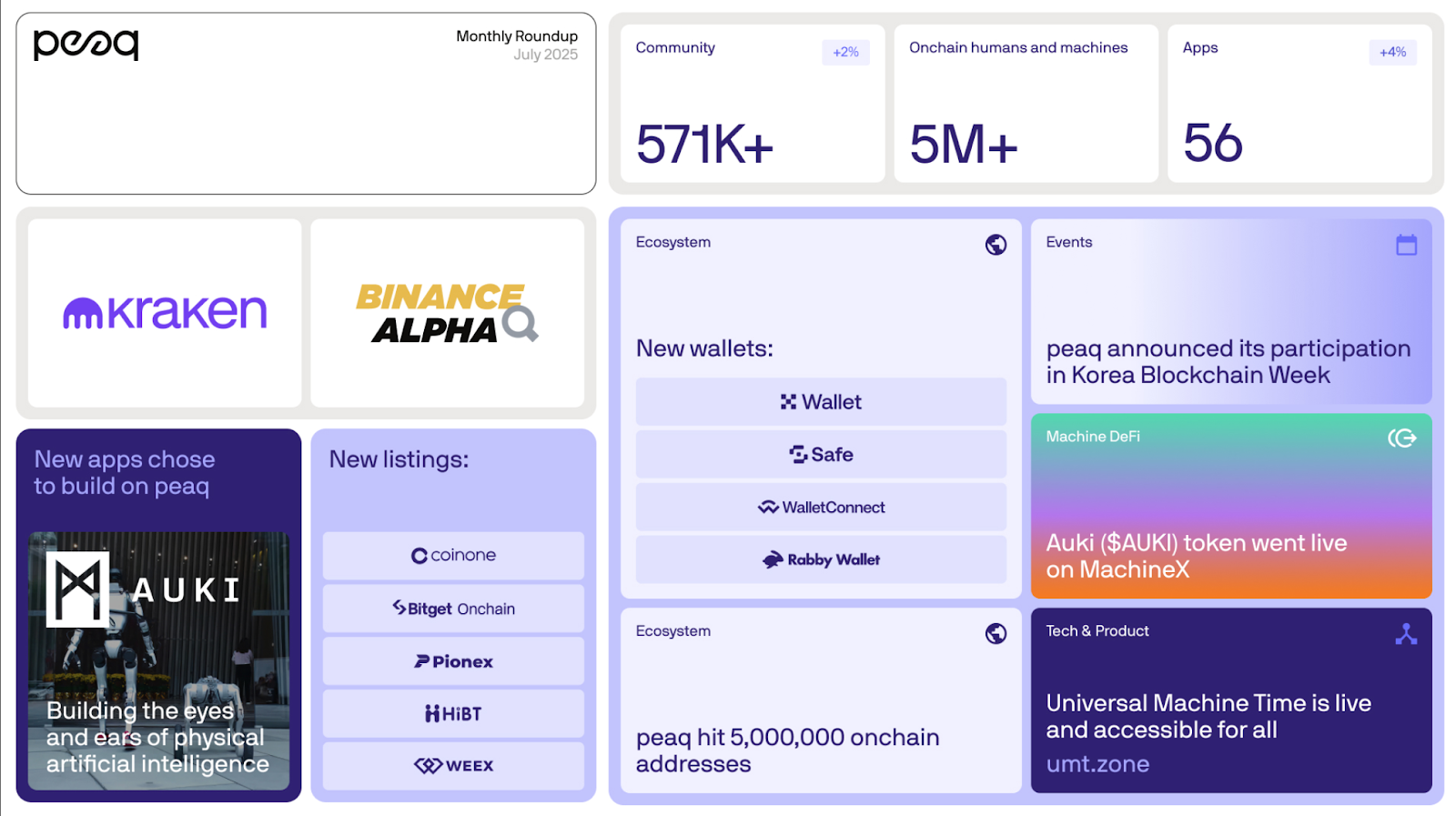
peaq: July has been quite a significant month for peaq. The project’s native token was listed on major platforms, including Kraken and Binance Alpha, among others. peaq also hit a major milestone, surpassing five million on-chain humans and machines.
Furthermore, Auki Network joined the peaqosystem, and its token was listed on MachineDEX. On the infrastructure side, peaq managed to make publicly accessible Universal Machine Time, a network designed to coordinate machines and devices using the blockchain, providing a single reference for time.
To round up the month, peaq also announced its participation in Korea Blockchain Week, one of Asia’s most prominent Web3 events of the year.

Silencio: July marks a major milestone for Silencio: The launch of Silencio SoundCheck Chrome Extension. Silencio introduces a tool that integrates real-world noise intelligence directly into users’ digital environments.
Additionally, Silencio (SLC) token is now available on the Base Network. This expansion brings the token into the Base ecosystem while preserving its primary utility and functionality on the peaq network.
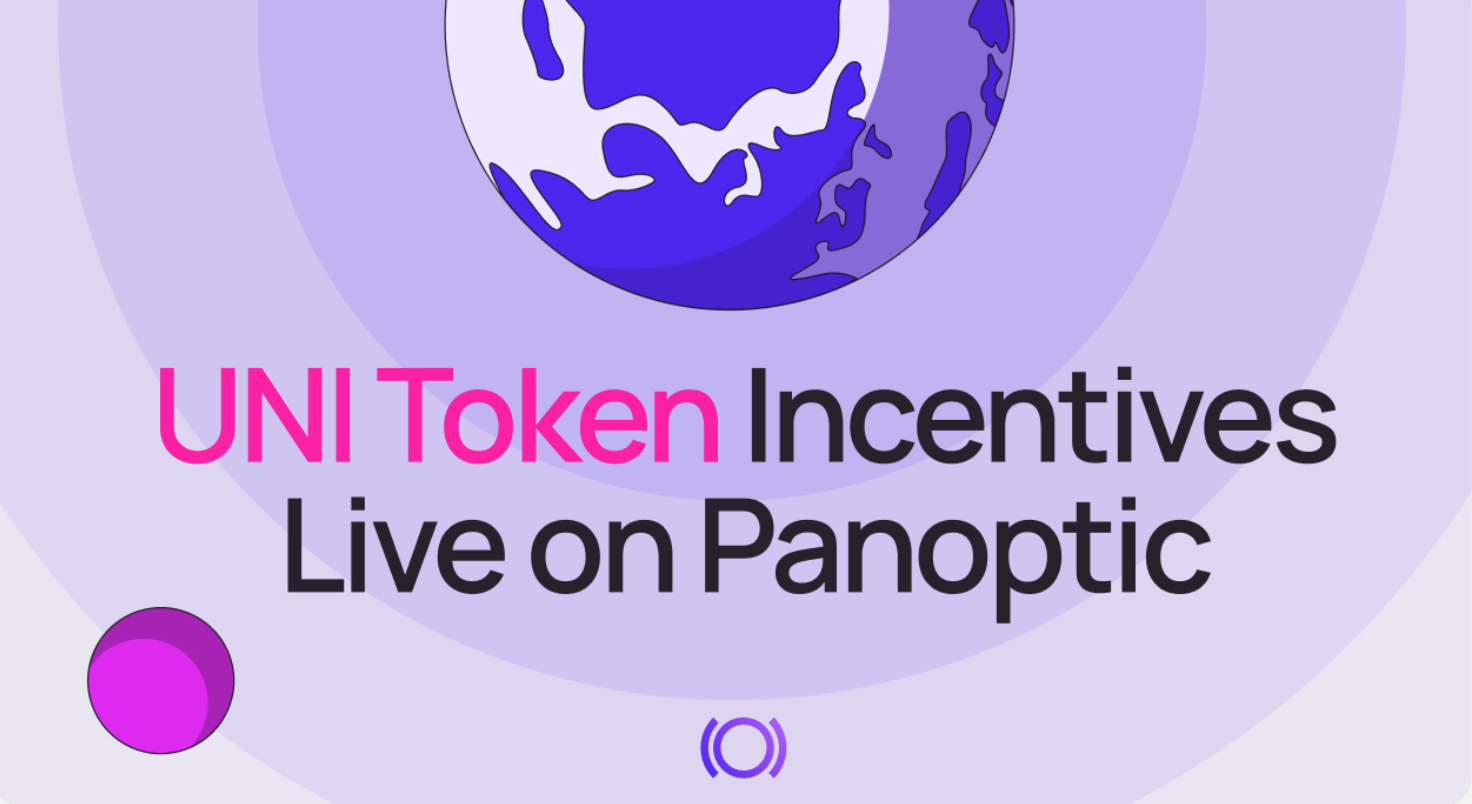
Panoptic: In July, Panoptic rolled out a series of updates that reflect its growing momentum in the DeFi space. The platform officially joined Uniswap’s incentive program, meaning depositors, LPs, and options traders can now earn UNI token rewards across select Uniswap v4 markets, a major step toward deeper integration with the broader ecosystem. At the same time, Panoptic kicked off a cbBTC trading competition on Base, which drew an enthusiastic response from the community. The event featured a prize pool of 5.45 million Pips, $4,800 in USDC. To top it all off, the team launched Panoptic Prime, an invite-only loyalty program created for the platform’s most engaged traders and LPs, offering exclusive bonuses and early access to upcoming features.
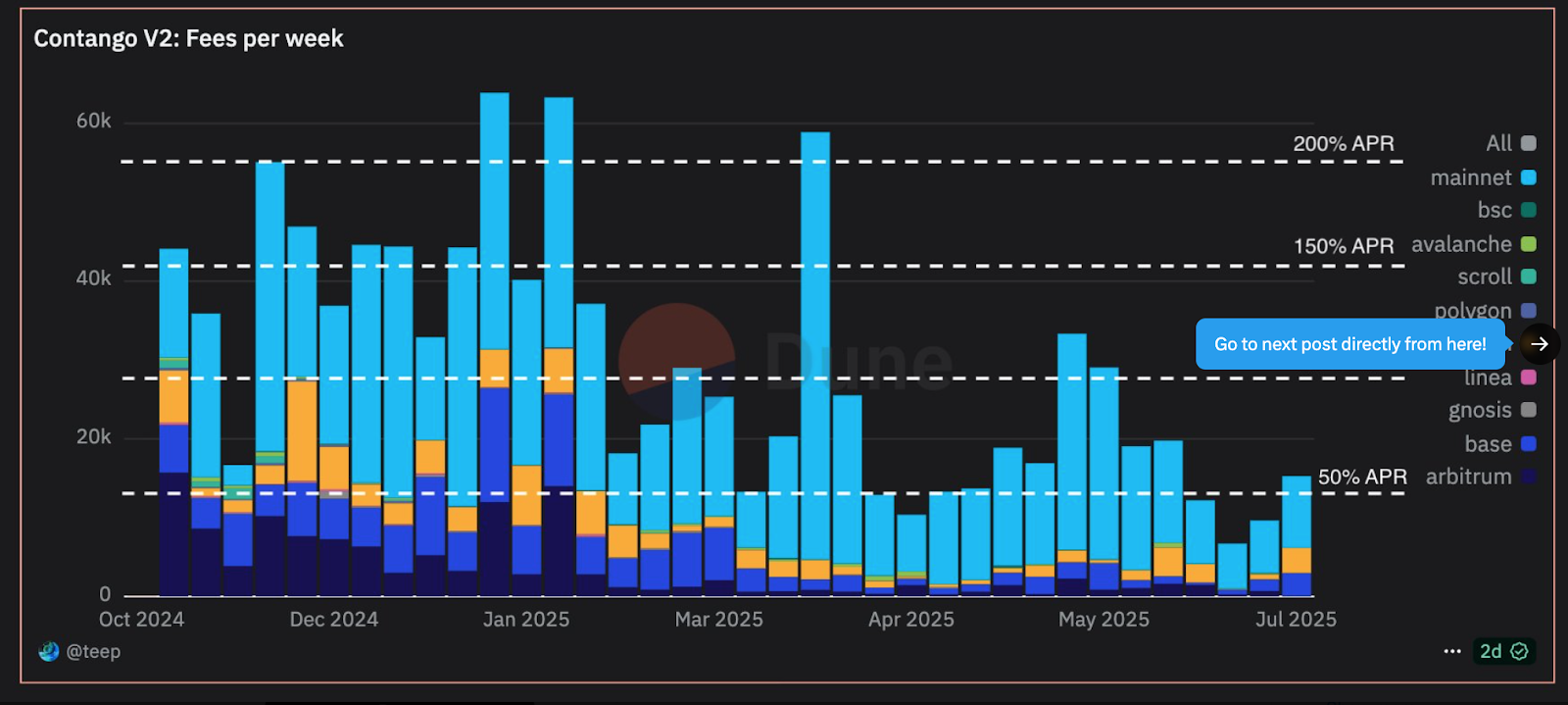
Contango: By mid-July, Contango projected a staking APR of 52%, attributing the increase directly to higher fees generated on the platform. This emphasizes Contango’s core mechanism and its continuing growth, and shows the potential of being involved in its ecosystem.
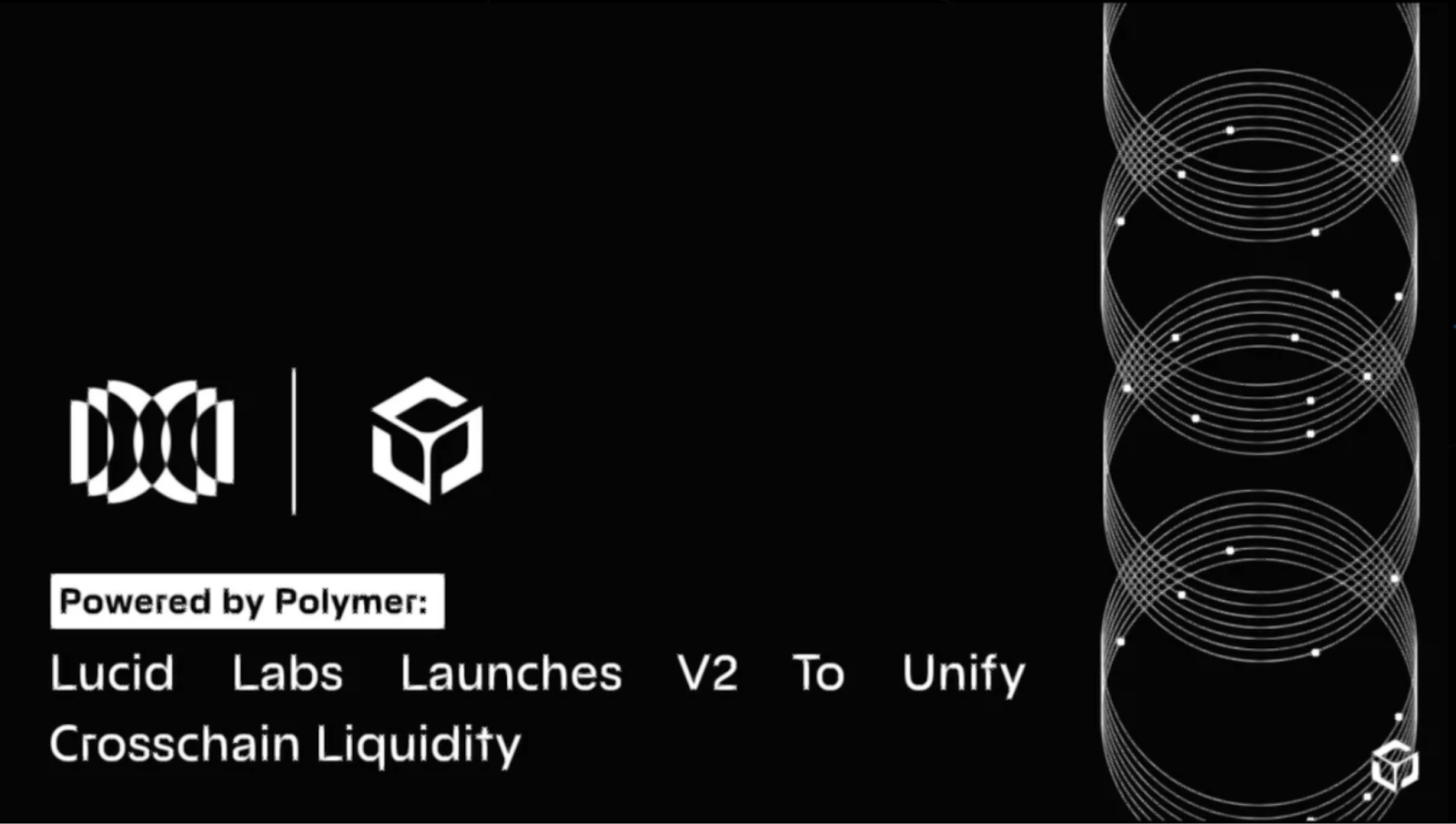
Polymer: Polymer has recently announced the launch of Lucid V2. Previously, Lucid 1.0 was the first protocol to unify major cross-chain bridges at the foundational level. With Lucid V2, the platform advances even further, enabling faster transfers and more secure interoperability across all connected chains.
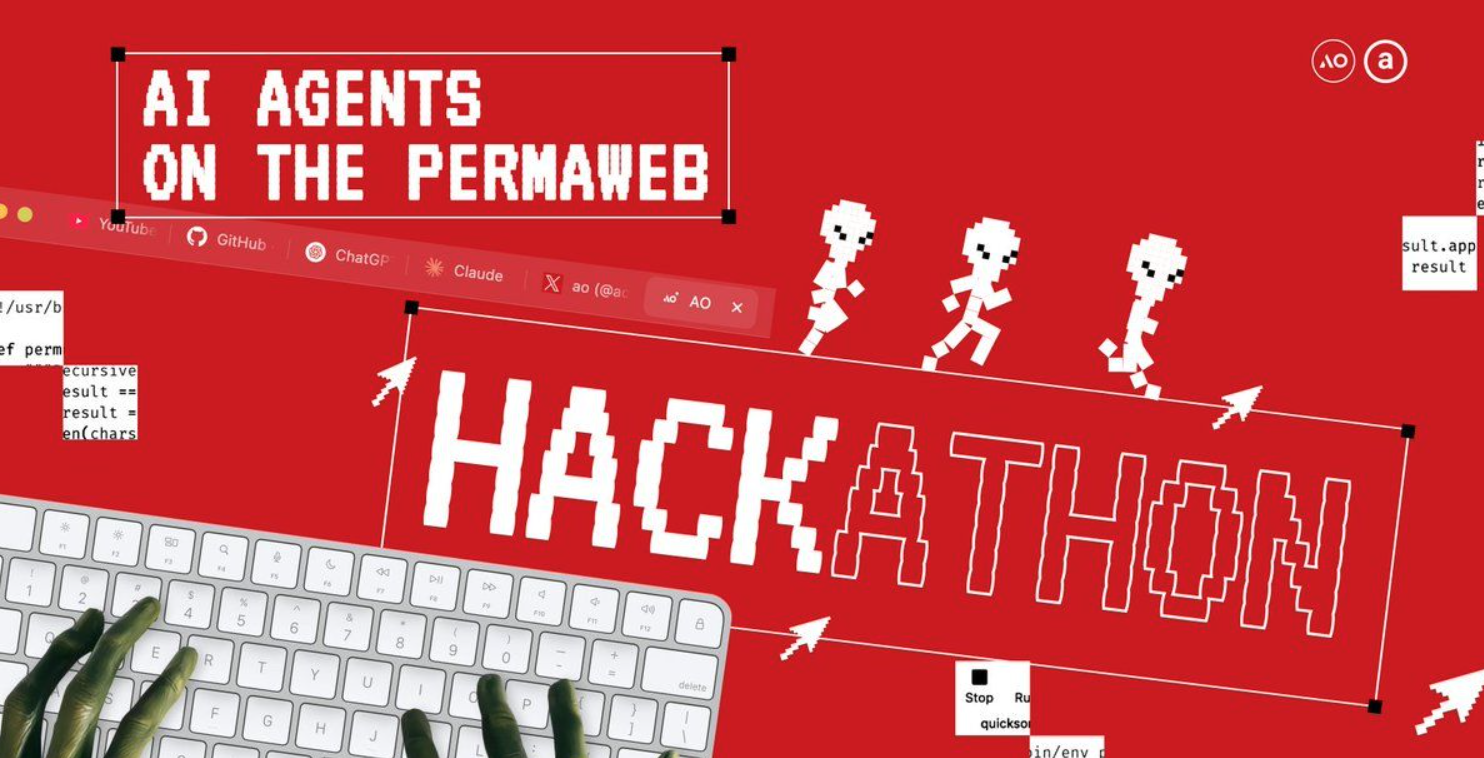
AO Ecosystem: In July, the AO ecosystem announced its “Agents of the Permaweb” Hackathon. The focus would be on building autonomous AI agents. This initiative positions AO as one of the leading platforms for decentralized agent development, due to the increased interest in on-chain AI.

Neon: Neon concluded their first ever dev camp lasting 10 weeks. In the dev camp, developers compete to build on Neon for a final prize. The five finalists presented usable demos on Neon ranging from liquid staking to meme launchpad.
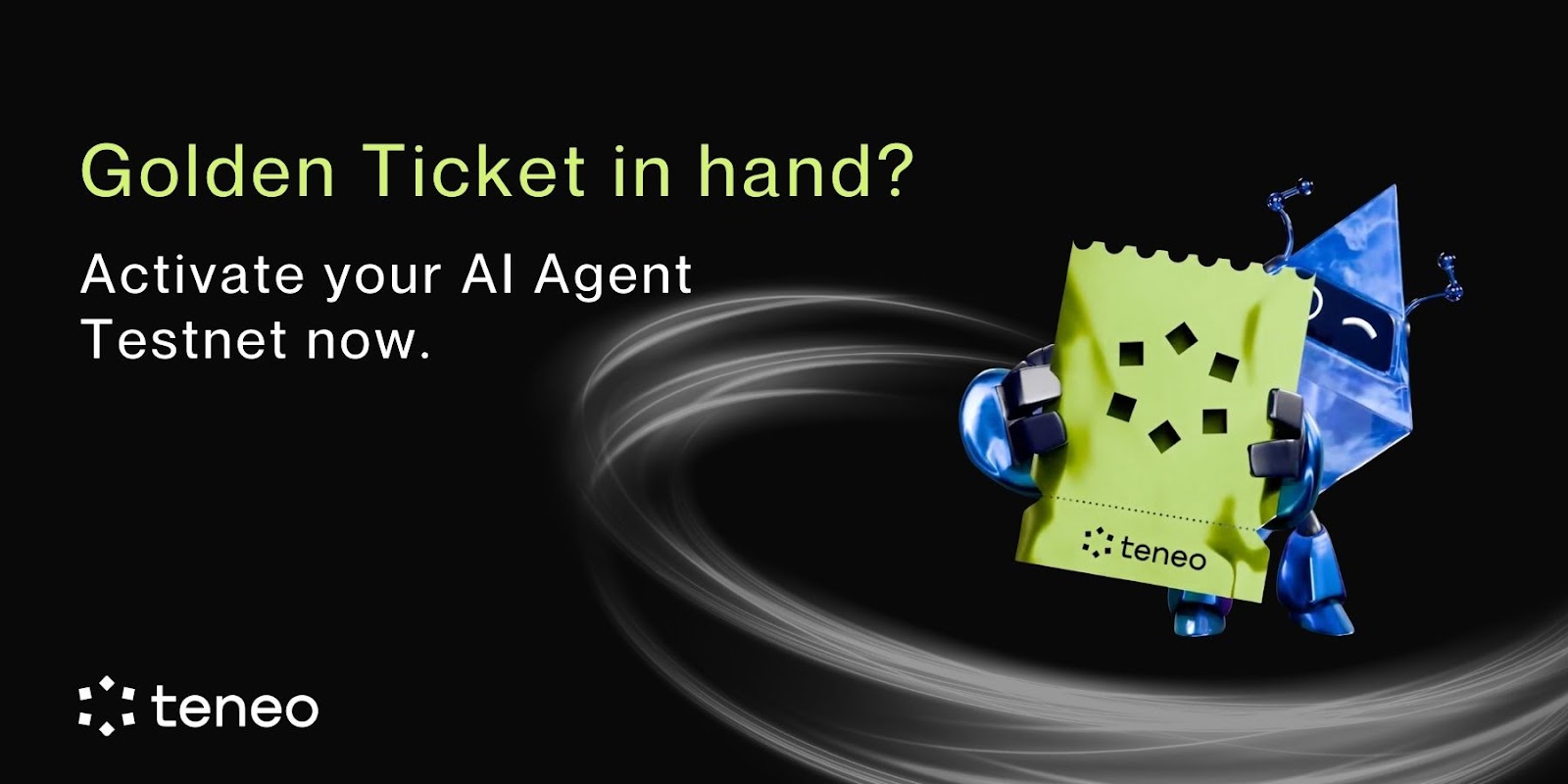
Teneo: Teneo launched their longwaited AI Testnet in July, showcasing what decentralized AI can look like in practice. Agents operate entirely on public data signals and never access private information or closed systems. The implications are broad. From search engines and real-time trends to finance and public opinion analysis, the Teneo Network is building an alternative to centralized APIs and surveillance models. One that’s powered by real users, on-chain, and always online.
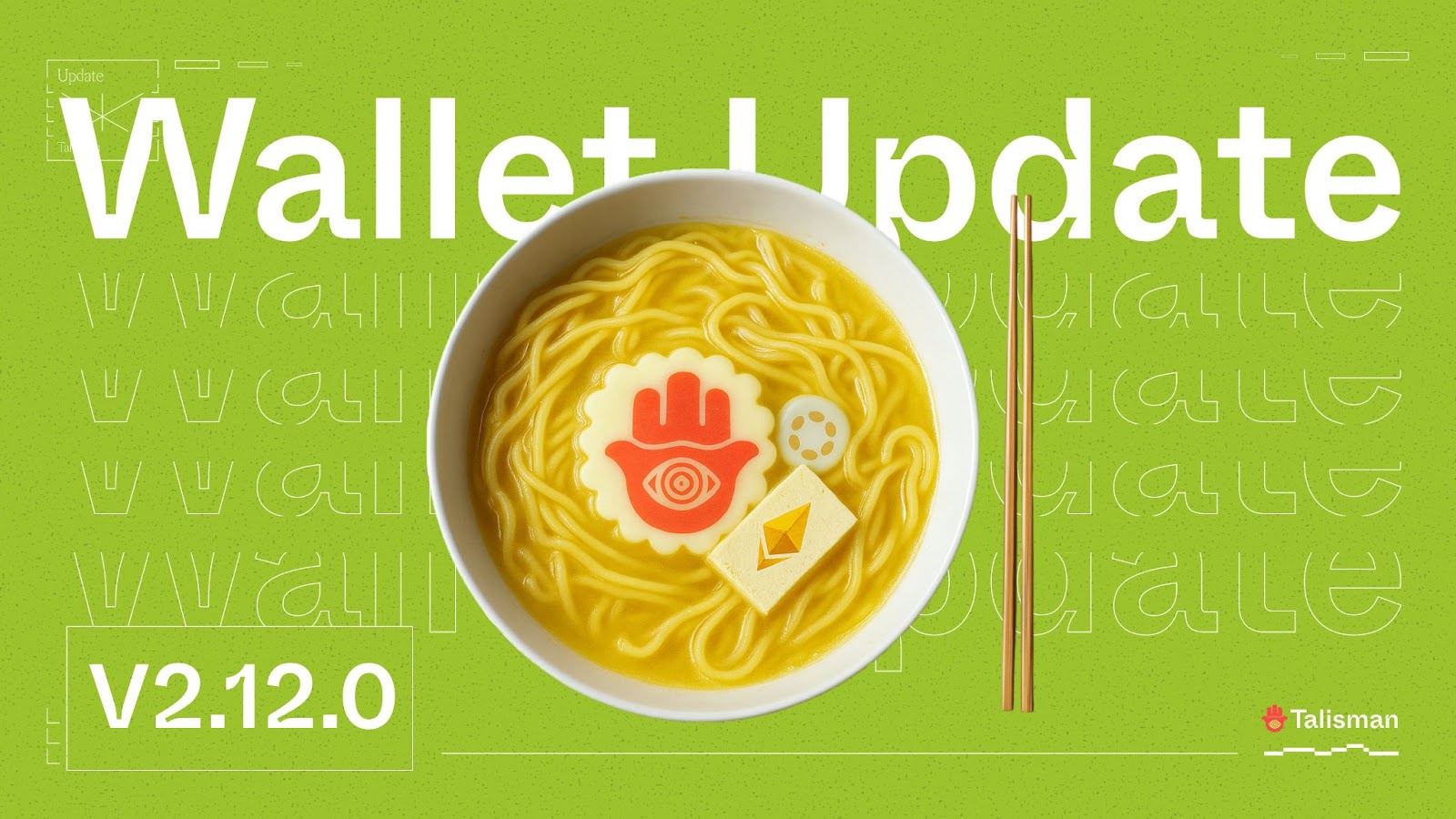
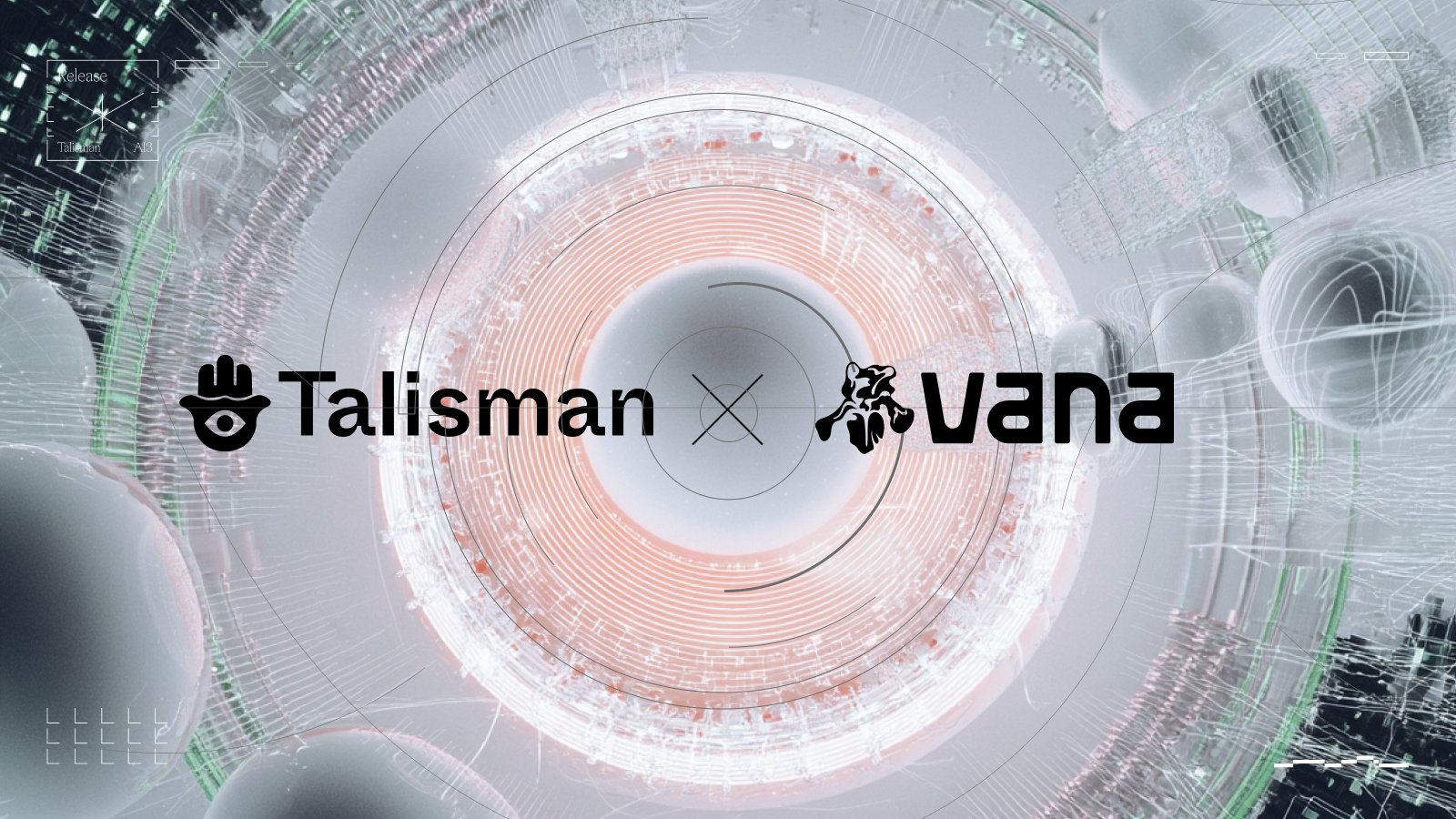
Talisman: The team rolled out version 2.12.0, adding support for all major Hydration assets, including GDOT and GETH. More product updates are expected soon.
Talisman now offers support for the Vana Network, a user-owned AI data layer designed for data sovereignty. Users can now easily acquire $VANA through Talisman's cross-chain swap feature, connecting from networks like TAO, Ethereum, and more
—-----------------------------------
July marked another important step forward for Advanced Blockchain AG, reflecting both steady progress across our portfolio and broader developments in the Web3 landscape. Internally, the focus relies on finalizing the audits of Advanced Blockchain AG and its subsidiaries. In parallel, preparations are underway to deliver a refined strategic outlook, reflecting the group’s long-term vision.
We thank our shareholders and partners for their continued support and look forward to sharing further progress in the coming months.
Best regards,
Your Advanced Blockchain Team
.svg)
Shaping the
future of Web3
smart capital meets
strategic innovation
Sign up to our newsletter and receive our new research, portfolio news and content direct to your inbox.

.svg)

